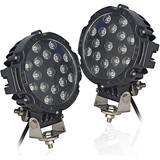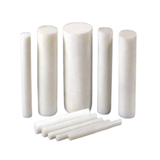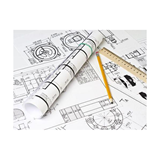The report, Women in engineering: Realising productivity & Innovation through diversity, found almost half (47%) of all women had experienced discrimination because of their gender, and a pay gap of an average $12,000 compared with their male counterparts.
The pay gap arose out of the concentration of women in roles of lower levels of responsibility, with men more likely to be employed at higher levels of responsibility.
Perhaps most alarming for the profession, 13.1 per cent of the female workforce dropped out between 20-39, compared with only 1.4 per cent for the male workforce, confirming substantial attrition of the female workforce.
This high attrition rate worked together with the low number of women enrolling in engineering – only 1 in 7 enrolments in engineering come from women.
CEO of Professional Engineers Australia Chris Walton said with demand for professional engineers in Australia far outstripping supply in the long-term, Australia could not afford to ignore inequality and discrimination in the engineering workforce.
"Women are not enrolling in engineering and once they get there, a large number leave in the early stage of their career," Walton said.
"Women are paid less, are less likely to be promoted into senior roles, and almost half experience gender based discrimination."
Every year, around 18,000 engineering positions need to be filled. Almost 6,000 come from students who graduate from Australian universities. The other 12,000 engineers arrive in Australia to take up jobs – 25% on temporary work visas to alleviate chronic job shortages.
"Australia's productivity is directly tied to engineering, which builds the infrastructure and productive capacity of the economy, yet we import over double the number of graduates from Australian universities, and have done so for more than a decade," Walton said.
"We must do better at recruiting women to engineering to deal with long-term skills shortages and have the workforce capable of building Australia's future economy."
Walton said part of the solution was better promotion of engineering careers to women in school but this approach alone ignored a more fundamental problem in the profession itself.
"Addressing the attrition of women from the engineering workforce is the vital second half of the equation. Removing the obstacles, barriers and biases which operate as disincentives for women to remain in engineering is just as fundamental as increasing the participation of women and girls in engineering education."
The report is available here.








